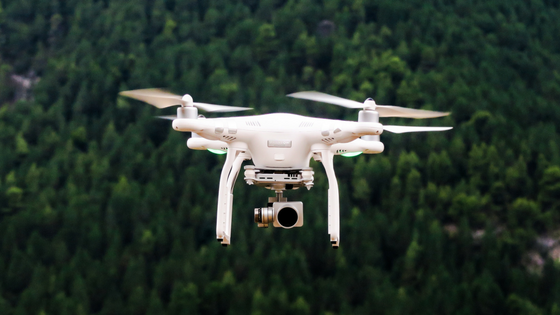Small Unmanned Aerial System (sUAS) vehicles, known as drones, are gaining popularity in the Design and Construction Industry as an acceptable alternative to traditional aircraft or ground visual inspection data collection and recording methods. Drones utilized in commercial applications can only be operated by a FAA Licensed UAS Pilot. (FAA, 14 CFR part 107).
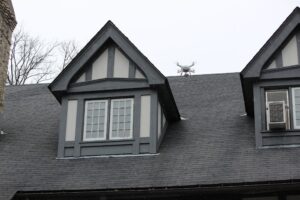
The industry is currently using drones to provide cost-effective and comprehensive analysis of various applications such as high definition building or site photography/video, photogrammetric survey of topography or facilities on project sites. Most drones are outfitted with on-board computers, allowing pilots to set up pre-programmed routes that can be duplicated on future visits, establishing consistency.
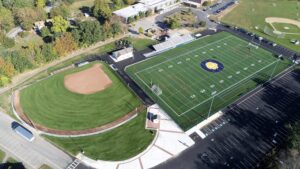
Drones are also being used to improve building inspection safety by removing humans from potentially hazardous situations. This application is particularly useful on fire or storm damaged buildings, or in areas considered unsafe or difficult to access.
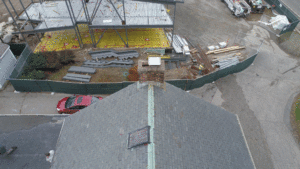
Typical drone use includes:
- High Definition roof, tower and facility inspections (versus crane, scaffolding, or other portable lift apparatus)
- Access and inspection of hard to reach building areas (historic slate roofs, towers, steeples, etc.)
- Access to impassable areas and structures due to natural disasters (hurricanes, flooding, mudslides, etc.)
- Terrain and facility feature photogrammetry
- Photographic documentation of existing conditions, areas that may require additional investigation, or repairs (high rise facade inspections)
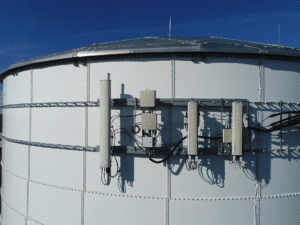
- Periodic construction process photography and time-lapse analysis
- Creation of 3D models of buildings and sites
- Development of orthomosaic images of sites/road/transportation systems to develop base drawings/site renderings
- Aviation facility obstruction measurement, tagging and analysis
Drone operations for commercial use require the Remote Pilot in Command to be assisted by another person while operating the sUAS on site to ensure continued flight safety and visual line of slight. As required by the FAA, operators must adhere to all operational requirements of part 107 for sUAS flights, including pre-flight checklists, airspace regulations, and flight log recommendations.
Click here for more information on our sUAS services and how Gale can help you.

